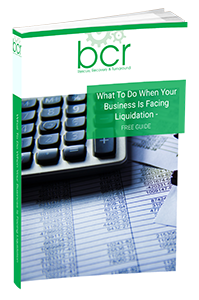There are three ways that a company can be placed into liquidation:
Members’ Voluntary Liquidation: This process enables shareholders to wind up a solvent company (i.e. its assets exceed its liabilities) and extract the remaining assets / cash at a lower tax rate than would normally be applied if this process wasn’t used. Entrepreneurs Relief may be used against the Capital Distribution in order to reduce the personal tax rate down to 10%.
Creditors’ Voluntary Liquidation: This process is used when a company is insolvent and there is no other option other than the company ceasing to trade. The assets are realised with a view to paying a dividend to creditors if possible.
Compulsory Liquidation: This process is the result of the court granting an order to wind up the company following the successful presentation of a petition by a creditor. To petition to wind a company up, the creditor must be owed more than £750.
Once wound up, the case is passed to the Official Receiver who deals with the insolvent company and its assets. They call the director(s) into their offices to conduct an interview to discuss the affairs of the insolvent firm. Please visit Winding Up Petitions for further information.
To discuss liquidations call Phil or another member of our team on 0333 014 3454. Alternatively, visit one of our local offices or email us: insol@bcr-insolvency.co.uk

If your business is in trouble - if you are facing creditor debts, HMRC debts, or struggling to meet payroll, then you could be facing liquidation. Can your business be saved? Download our free guide, 'What To Do When You Are Facing Liquidation' now.
